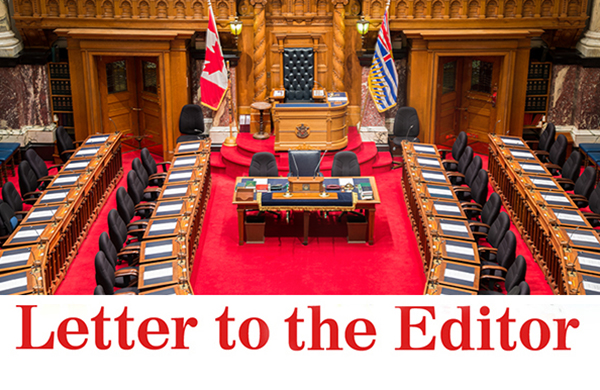Home »

Improving representation in our Legislature: a call for reform
Letter to the Editor
A truly democratic legislature should reflect the diversity of the society it serves—our House should “look like us.” Currently, this is not the case.
For example, the average age of House members is consistently higher than that of the general population, indicating that younger people are systematically underrepresented. This disparity points to significant barriers preventing a more representative and inclusive legislative body.
In my experience as a financial agent and campaign team member in three recent elections, it became evident that the regulatory framework favors larger, well-established parties at the expense of independents and smaller parties. These entrenched parties wield their advantage like political oligarchies through expensive branding and identity campaigns, often overshadowing the substance of policies and the quality of individual candidates. This dynamic silences new and independent voices, undermining the health of our democracy.
Recommendations for Electoral Reform
To address these shortcomings and foster a legislature that truly represents our society, I propose the following regulatory reforms:
- Reduce Campaign Spending Limits:
Lower the current spending cap for candidates from $71,700 to $35,000 per candidate. In today’s digital environment—with websites and social media— effective local campaigns can be run for significantly less, reducing the financial barriers for new entrants.
- Eliminate Party-Level Spending:
Restrict all campaign expenditures to the electoral district level. Removing centralized party spending will even the playing field and highlight local issues and candidates.
- Reform Campaign Expense Rebates:
Lower the threshold for candidates to qualify for campaign expense rebates from 10% to 5% of the vote. This reform will provide much-needed support to smaller parties and independents.
- Restrict Party Branding During Campaigns:
Ban advertising of party names and brands throughout the campaign period. This will shift attention away from identity politics and focus voters on candidate quality and substantive issues.
- Remove Party Names from Ballots:
Have ballots list only the candidates, not their party affiliations. This encourages voters to consider individual merit and encourages candidates to connect directly with constituents.
- Reform Legislative Allowances:
Replace party per-vote allowances with a standardized flat allowance per MLA. This change will discourage excessive partisanship and emphasize individual representation.
These recommendations address just a few of the systemic barriers that hinder fair representation. To undertake comprehensive reform, we should convene a constituent assembly dedicated to reviewing and modernizing the rules governing our democracy.
With these changes, along with Proportional Representation, we can create a legislature that truly reflects our society and serves all of its members more fairly—one that genuinely “looks like us.”
Bruce Murdoch,
Cranbrook







